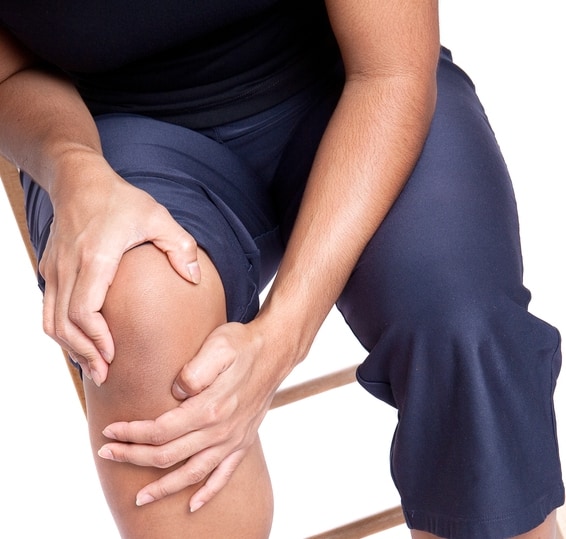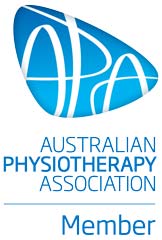Patellofemoral Pain Syndrome (PFPS)
Posted: 2nd March 2018
Posted in: Articles, Health Information
Patellofemoral Pain Syndrome (PFPS)

What is Patellofemoral Pain Syndrome (PFPS)?
The patellofemoral joint is one of the knee joints. It is where the thigh bone (femur) and the knee-cap (patella) meet. Patellofemoral Pain Syndrome (PFPS) is an umbrella term used for pain arising from the patellofemotal joint itself, or adjacent soft tissues.
How did it happen?
PFPS can be due to a patella trauma, but it is more often a combination of several factors: overuse and overload of the joint, anatomical or biomechanical abnormalities, muscular weakness, imbalance or dysfunction. It’s more likely that PFPS is worsened and resistive to treatment because of several of these factors.
One of the main causes of PFPS is the patella orientation and alignment. When the patella has a different orientation, it may glide more to one side of the femur and thus can cause overuse/overload (overpressure) on that part of the femur which can result in pain, discomfort or irritation.
A little deviation of the patella can possibly result in PSFS. For example, when there is a imbalance between the inner and outer thigh muscle, it could cause an outward glide or tilt, or external rotation of the patella which can cause an overuse of the outer side of the femur and result in pain or discomfort.
Sometimes the pain and discomfort is localized in the knee, but the source of the problem is somewhere else. For instance, flat foot can causes a compensatory internal rotation of the leg or thigh bone that upsets the patellofemoral mechanism. The hip kinematics can also influence the knee and provoke PFPS. A study has shown that patients with PFPS displayed weaker hip abductor muscles that were associated with an increase in hip adduction during running.
Physiotherapy treatment for PFPS
Common treatment from physiotherapy includes:
- Manual therapy: including joint glides and muscle release to reduce the deviation of the patella
- Quadriceps strengthening: to make sure the inner and outer part of the muscle are working with a good balance
- Patella taping: to help correcting the gliding path of the patella
- Orthotics: correcting the foot posture to reduce possible contribution to the condition
- Hip muscle strengthening: to reduce the influence of poor hip kinematics
- Modalities: e.g. Tens, heat pack, ultrasound etc to reduce pain and promote tissue healing
A referral to orthopaedic consultant may be considered if patient has a history of patella dislocation, direct trauma to patella and suspicion of patella fracture, or has a repeated subluxing patella and not responding to physiotherapy.






